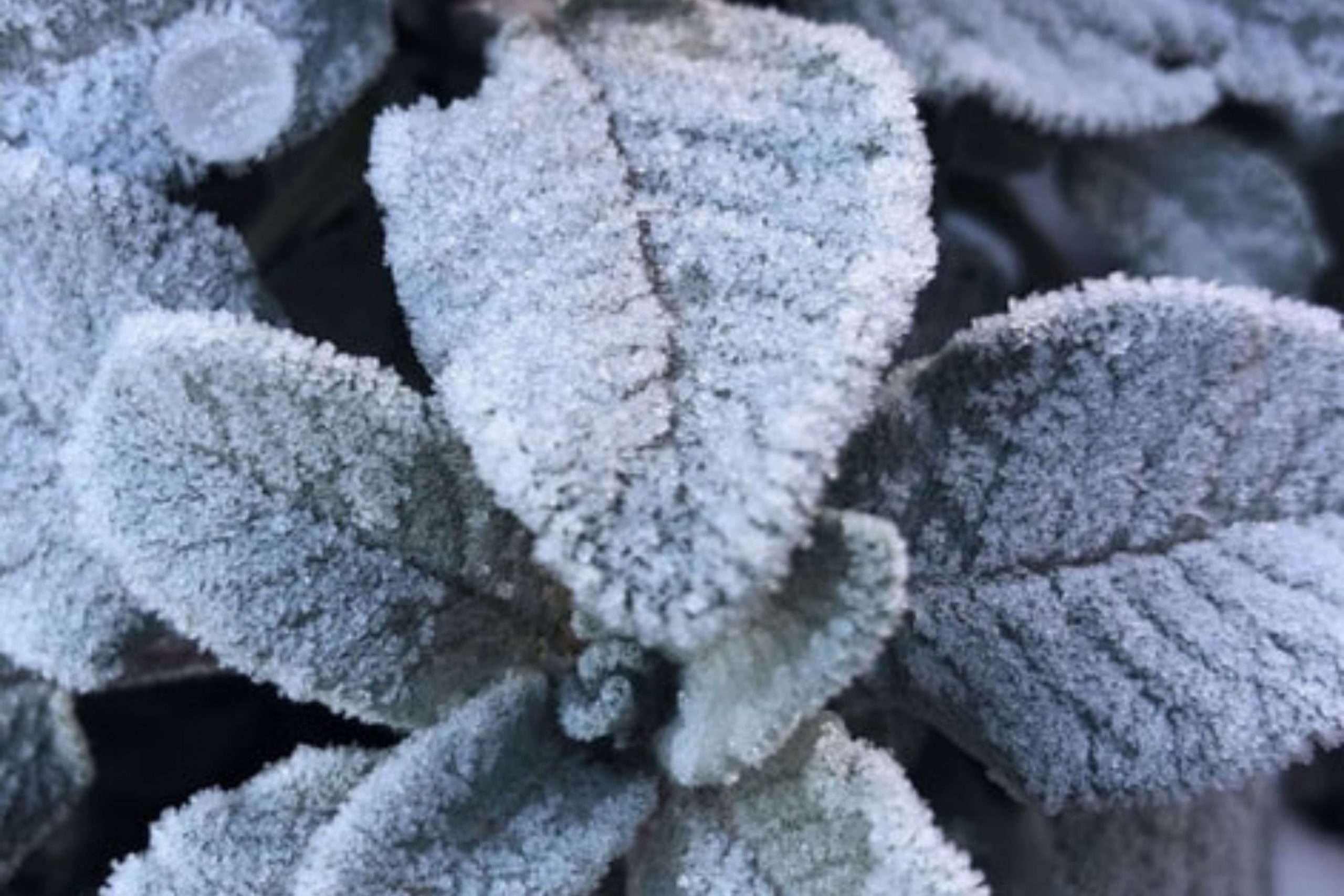The Wonders of Plants in Winter
Native trees and wildflowers provide endless lessons for making it through a long, cold season.
Deep in the month of October, there comes a moment when fall transitions to winter. A special chill will arrive one morning when Mother Nature lays her lullaby of icy dew over the plant kingdom and whispers: Rest now; I’ll see you in the spring. What leaves are left on the trees and shrubs fall to the ground, leaving branches bare. Green stems holding up the last flush of yellow and purple blossoms of autumn retreat underground or die back altogether. The plants let out a deep collective sigh and settle into a season of repose. While sometimes the arrival of these frosty mornings surprise us humans, plants have been preparing for this moment for many weeks or months.
Throughout the warm growing season (typically April to August in northern New Mexico), plants use a process called photosynthesis to change sunlight, water, air (carbon dioxide to be exact) and certain salts into a type of sugar that is food for the plant, releasing oxygen along the way. This abundant production of food allows them to grow. In spring, summer and fall the activity of plants is flashy: new green branches, fresh leaves, colorful blossoms and production of nectar for pollinators and other food for animals. With the long hours of sunlight and a good supply of water, plants spend these warmer months growing and storing food.
As the days begin to shorten and temperatures cool, this signals to plants that winter is around the corner. They begin to move the sugars from their leaves down into the roots for storage and nourishment during the winter months. They stop growing and enter a period of dormancy. After this moment, you might think all the plants are sleeping and nothing much is happening, but that would be a big oversight. Most plants live off their food stores through the colder months. But some, rather than going completely dormant, actually carry on with activity, albeit at a more relaxed pace. In winter, the life of plants continues, hidden.
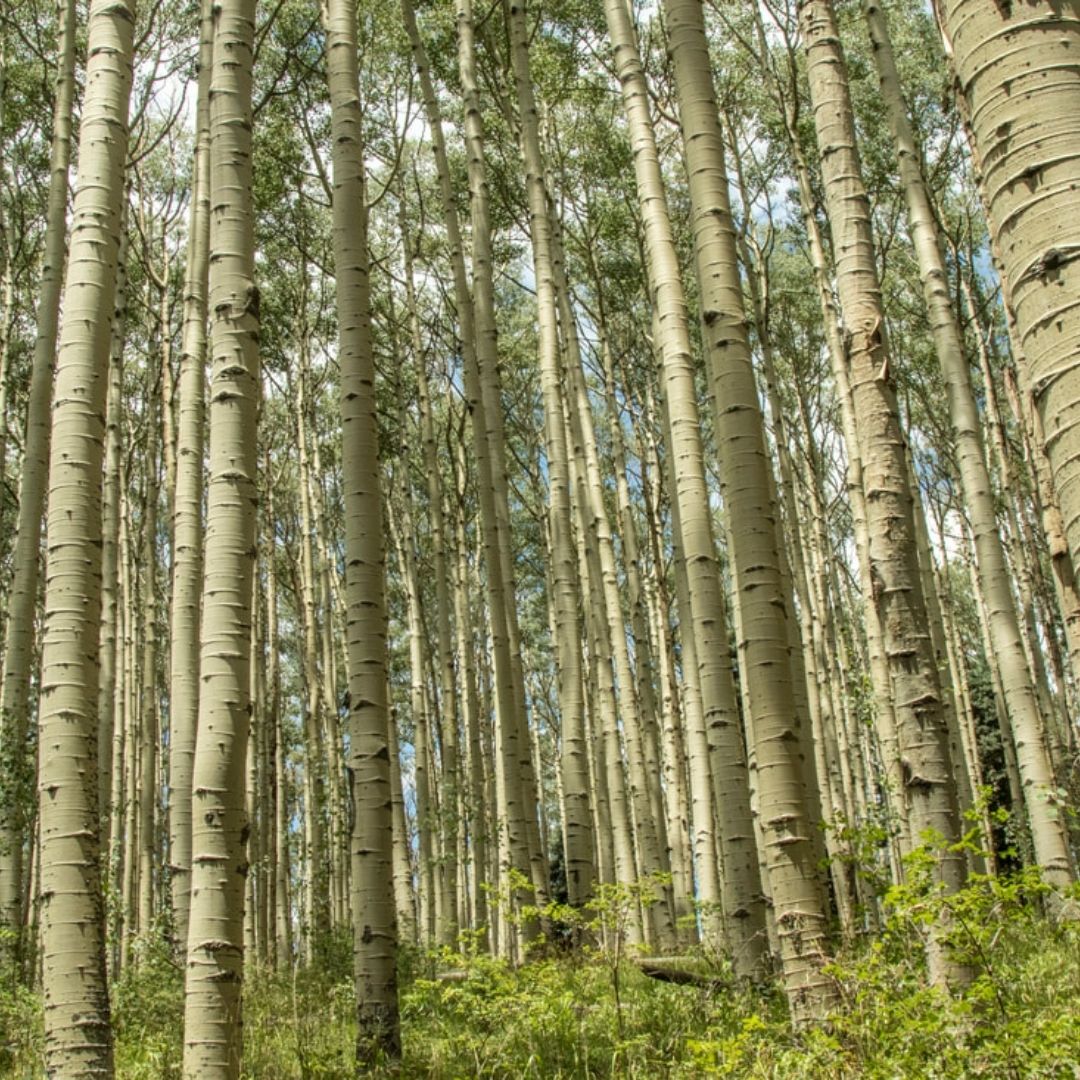
Take the aspen trees, for example. Aspens’ stark white bark and branching limbs set against deep snow in the craggy mountains may bring a sense of sleepiness to a passing hiker. But don’t be fooled: These trees don’t sleep much. Even shorn of their leaves, they still harvest sunlight. If you scrape a fingernail on the soft white bark of an aspen tree, you’ll see that underneath is a layer of green called the cortex. That green indicates the presence of chlorophyll, an essential element for photosynthesis. Photosynthesis requires temperatures above freezing, which might be hard to come by on a winter day in the high mountains where aspens grow. But these trees have developed a solution for that. Without their leaves, more light reaches the trunks of the trees, allowing these sun-warmed trunks to keep harnessing energy from the sun. As long as their outer white bark stays soft, aspen trees are able to continue producing food through the winter from their trunks.
It turns out that many other trees like pine, oak, maple and apple can photosynthesize through the winter, but only on portions of young branches and stems with thin outer bark. Aspens, on the other hand, are masters of this winter survival skill. They can stay active in winter for many years of their life.
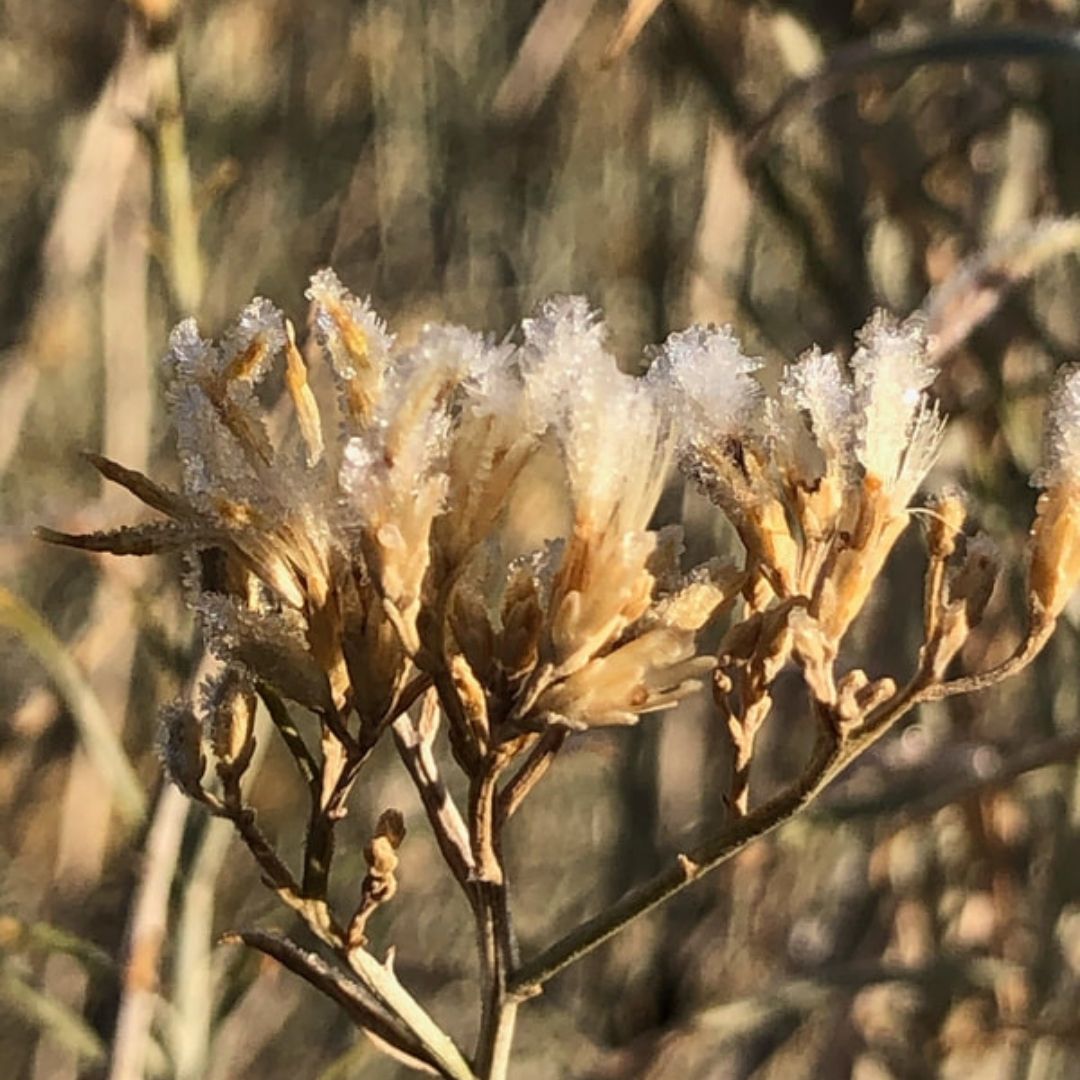
I always feel a little pang of sadness when the wildflowers fade in the fall. They bring me so much cheer, I hate to see them go. But without fail, after a long, cold winter, the tiny miracle of their return in the spring brings a bit of magic back into my life. If we take a closer look, however, we can see that their lives over the winter is also a tiny miracle.
Our native wildflowers are a mix of annuals, which are plants that complete their life cycle in one growing season, and perennials, those that live for more than two years. Both types survive winter, but they do it with different strategies.
Annuals’ goal in life is to save their offspring: their seeds. If you’ve ever walked through a field of bright yellow cowpen daisies in late fall, you’ve seen the ground and likely your pants covered in thousands of seeds. This boon of reproduction ensures that when the mother plant dies, her seeds remain, ready to sprout in the spring. If you pick up one of those seeds, you’ll notice it is quite hard. This outer shell is like a warm winter jacket that we use to keep ourselves warm on cold winter days. It protects the soft inner seed through the winter.
However, some seeds have such a hard, thick outer shell that they need a cold winter to break it open in order for the seed on the inside to be released and grow. The freezing, thawing and refreezing and thawing throughout winter slowly breaks down this hard, outer shell. By springtime, when environmental cues such as temperature and extended hours of light in a day are just right, the inner embryo is released and grows into a new plant, continuing the life of the annual wildflower.
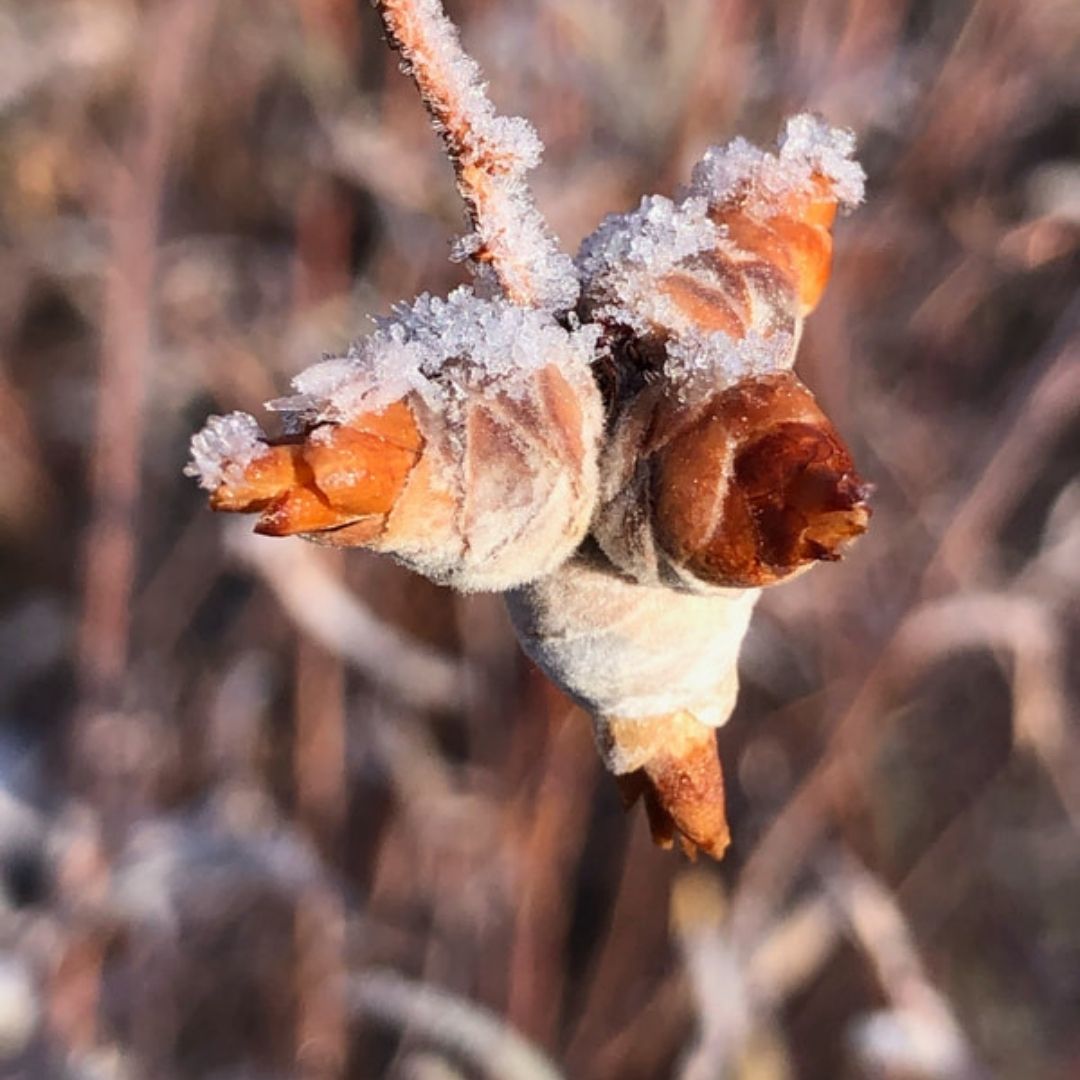
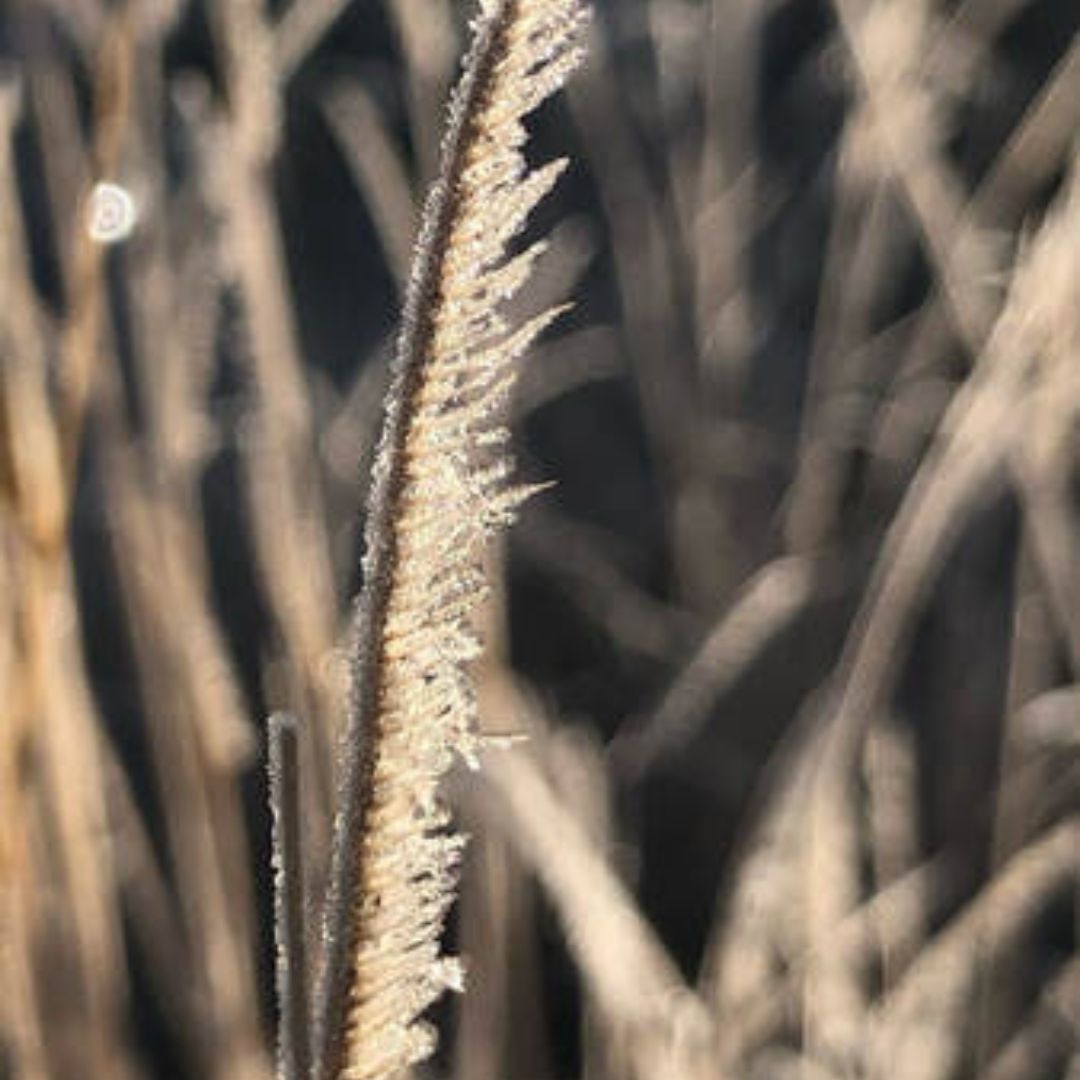
Perennials, which include most of our shrubs, grasses and many wildflowers, handle cold weather by allowing the exposed parts of the plant to die: the branches, flowers and leaves. However, underground is another story. The roots survive the winter due to some unique coping mechanisms. During summer, plants keep water inside their cells to assist with photosynthesis. But when water freezes and expands, it can rip the walls of cells apart. In winter, perennial plants move water out of their cells and replace it with sugars. Since sugar has a lower freezing point than water, this acts as a kind of natural antifreeze. This decrease of water in the roots allows a degree of freezing and expanding without rupturing the cells.
Plants provide me with endless lessons and metaphors for getting through life. This year with winter’s arrival, we are being asked to remain dormant for a time. What can we learn from plants’ winter survival strategies to make it through a long, cold winter? How can we let light shine on our trunks to keep us active but in repose? How might we shield our hearts from the cold but allow them to thaw and break open when the warm months arrive? How might we tuck our children into a warm shell so they might continue our work into the future? What sugars, or sweetness, might we fill our homes with to get us to spring?

